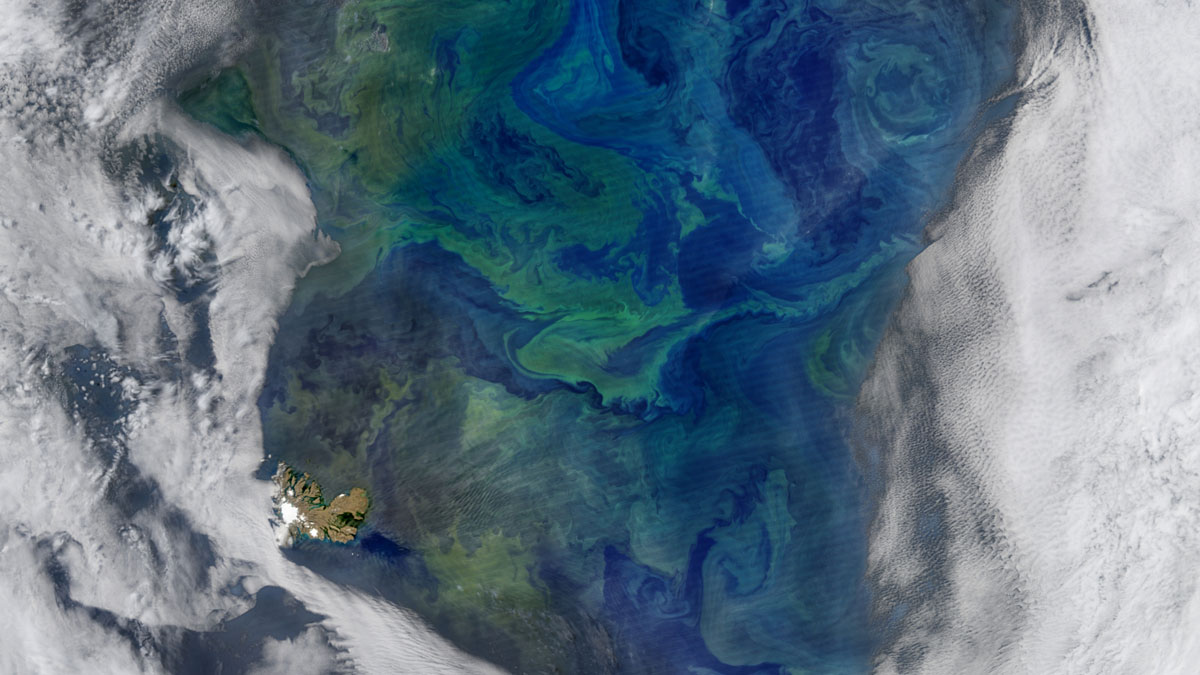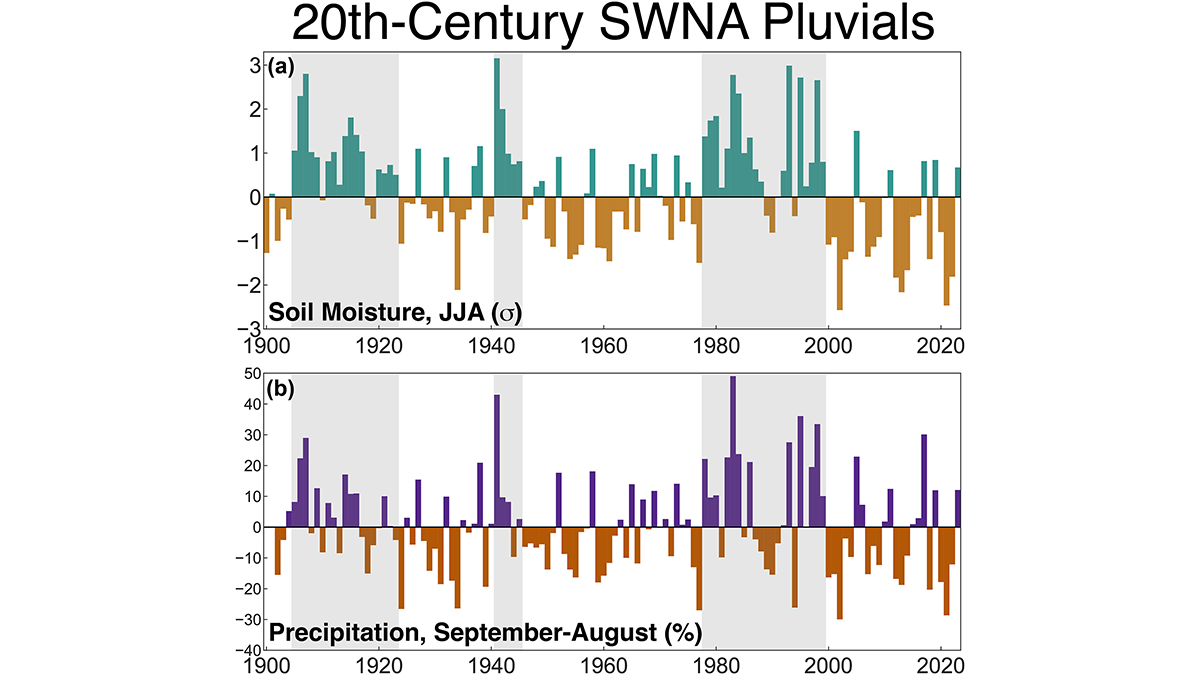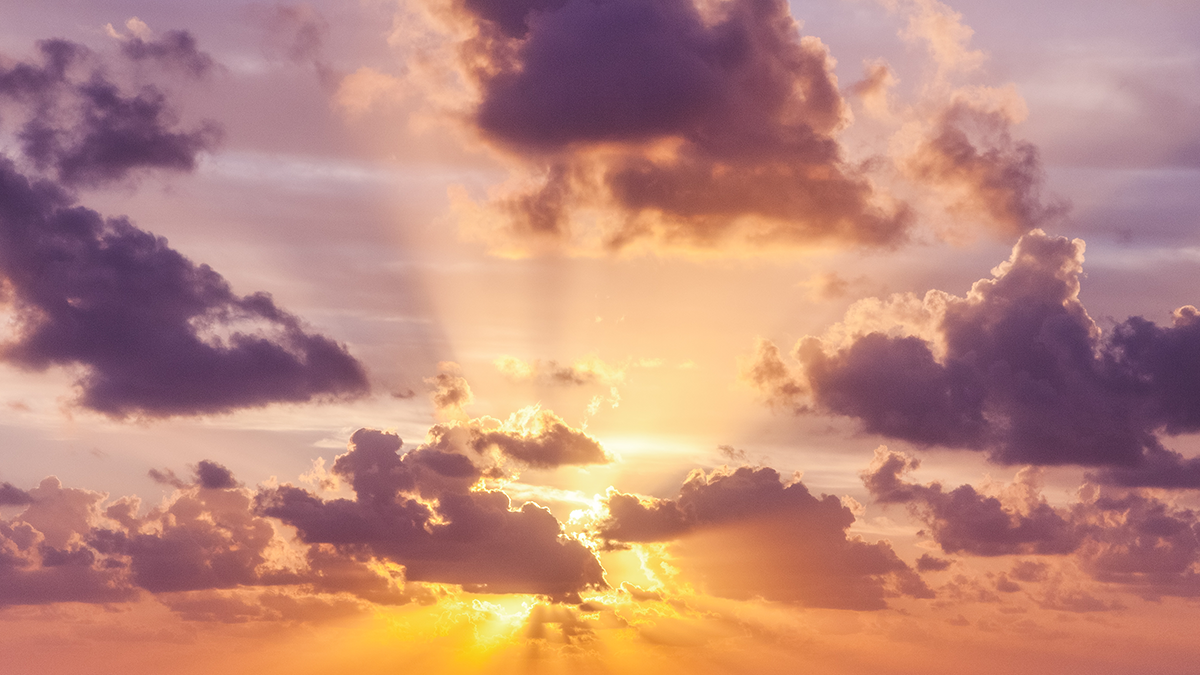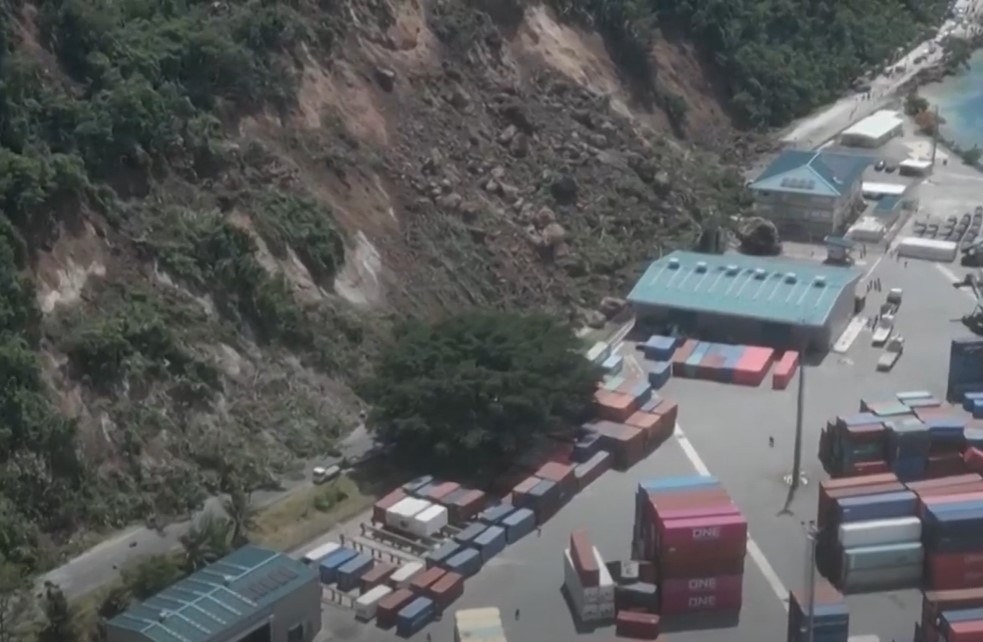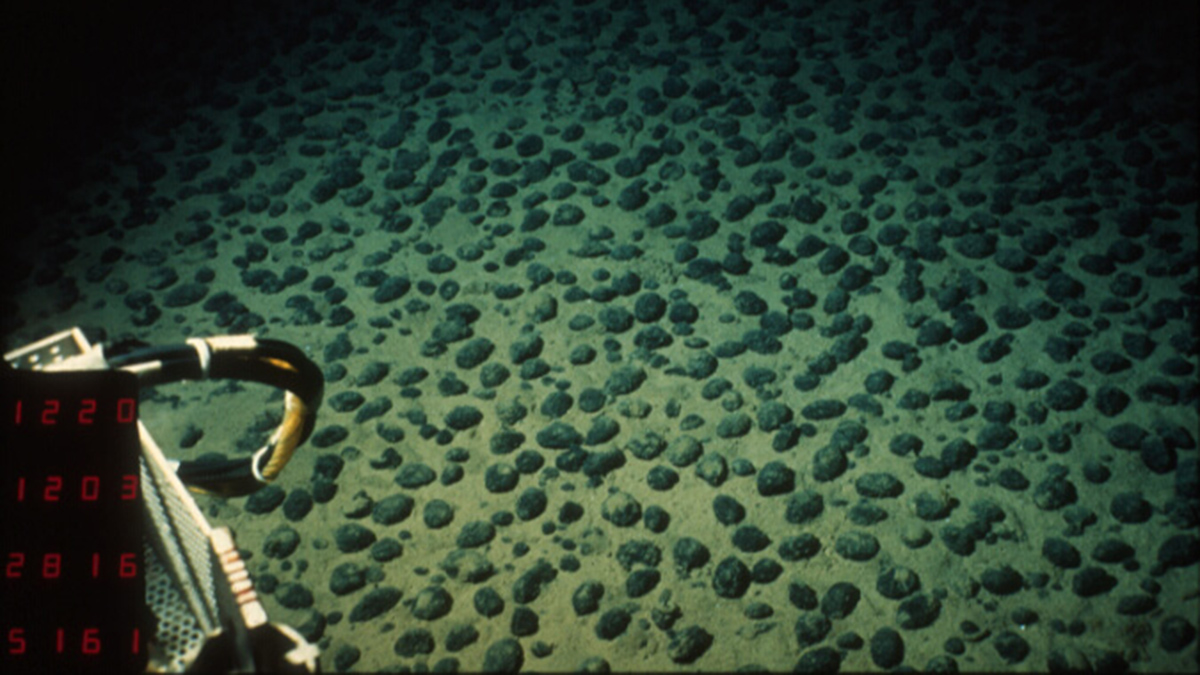A modeling study shows how warm subtropical waters and cold Antarctic waters combine to form an Indo-Pacific water mass that plays a key role in Earth’s climate.
Pacific Ocean
Investigating Rainfall-Rich Periods in North America
A record of soil moisture that extends over one thousand years allows for the investigation of occurrence and causes of modern and historical rainfall-rich periods.
Characterizing the Space Between Clouds and Clear Sky
The area near clouds is often classified as ‘clear sky’, but a new study demonstrates the potential biases of misclassifying these transition zones and their significance for Earth’s energy budget.
Three Studies Point to El Niño as Key to 2023 Record Global Heat
Three recent studies reveal how the interplay between El Niño and long-term global warming drove the record-breaking global temperatures of 2023.
An Atmospheric Pattern Over the Pacific Influences Western U.S. Wildfire Risk
The West Pacific pattern correlates with high pressure, increased temperature, decreased precipitation, and higher burned area during autumn in the western United States.
Aerosols Could Be Weakening Summertime Circulation
Anthropogenic aerosol emissions may be a culprit behind weakening jet streams and weather systems in the Northern Hemisphere.
Landslides from the Mw=7.3 17 December 2024 Port Vila Earthquake in Vanuatu
The Landslide Blog is written by Dave Petley, who is widely recognized as a world leader in the study and management of landslides. It has been widely reported that an M=7.3 earthquake struck Vanuatu on 17 December 2024 at 12:47 local time. Wikipedia is referring to this as the Port Vila Earthquake as the epicentre […]
The North Atlantic Is Getting Saltier
The Atlantic is already the saltiest of Earth’s oceans, and parts of it are getting saltier. Winds and warming may be to blame.
The Unexpected Role of Magnetic Microbes in Deep-Sea Mining
A new study highlights the co-occurrence of magnetic bacteria and polymetallic nodules and may offer insights into how the mineral-rich nodules form on the ocean floor.
Sensing Remote Realms of the Deep Ocean on Earth—and Beyond
A novel laser-equipped probe is collecting measurements of deep-sea geochemical environments that once seemed impossible to gather, pointing the way toward future explorations of other ocean worlds.

